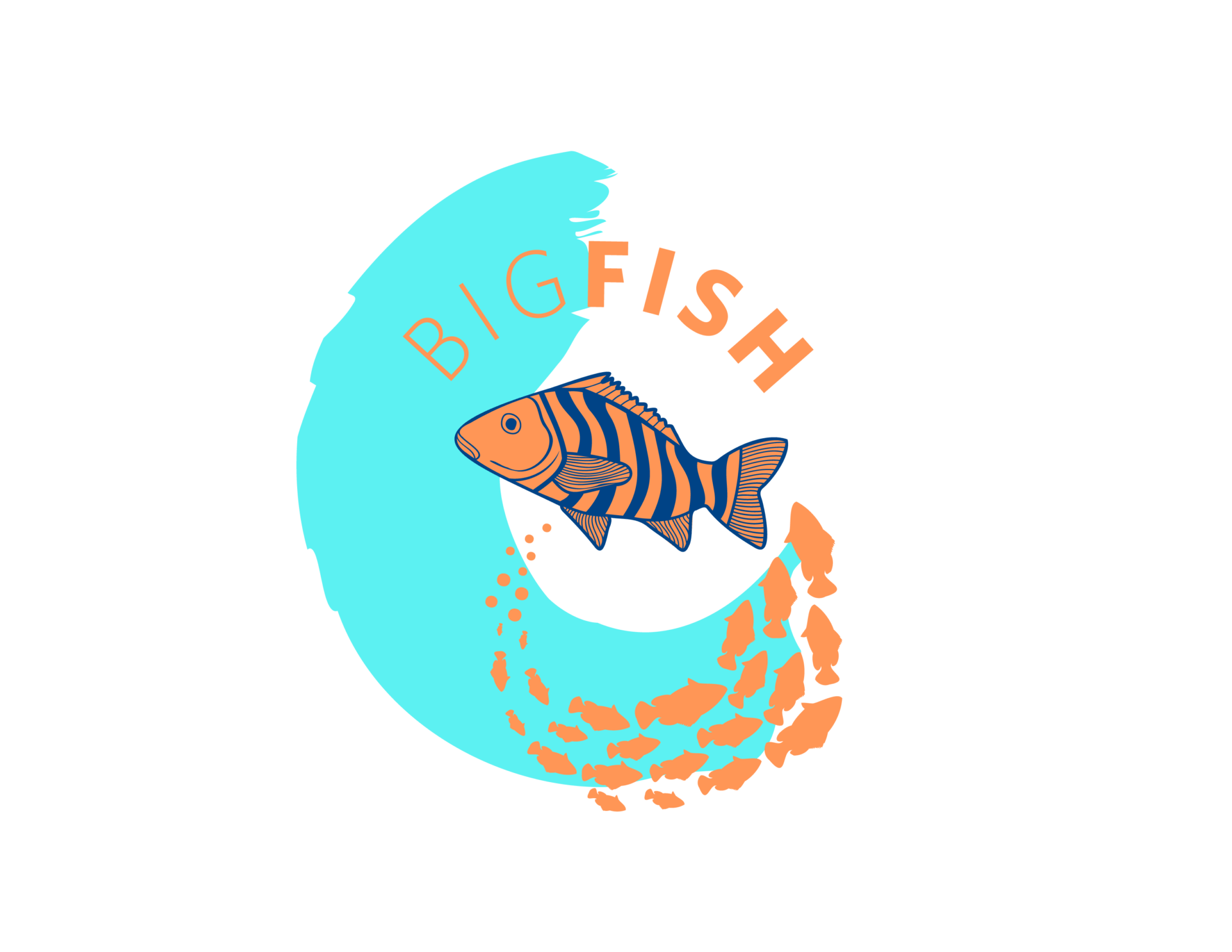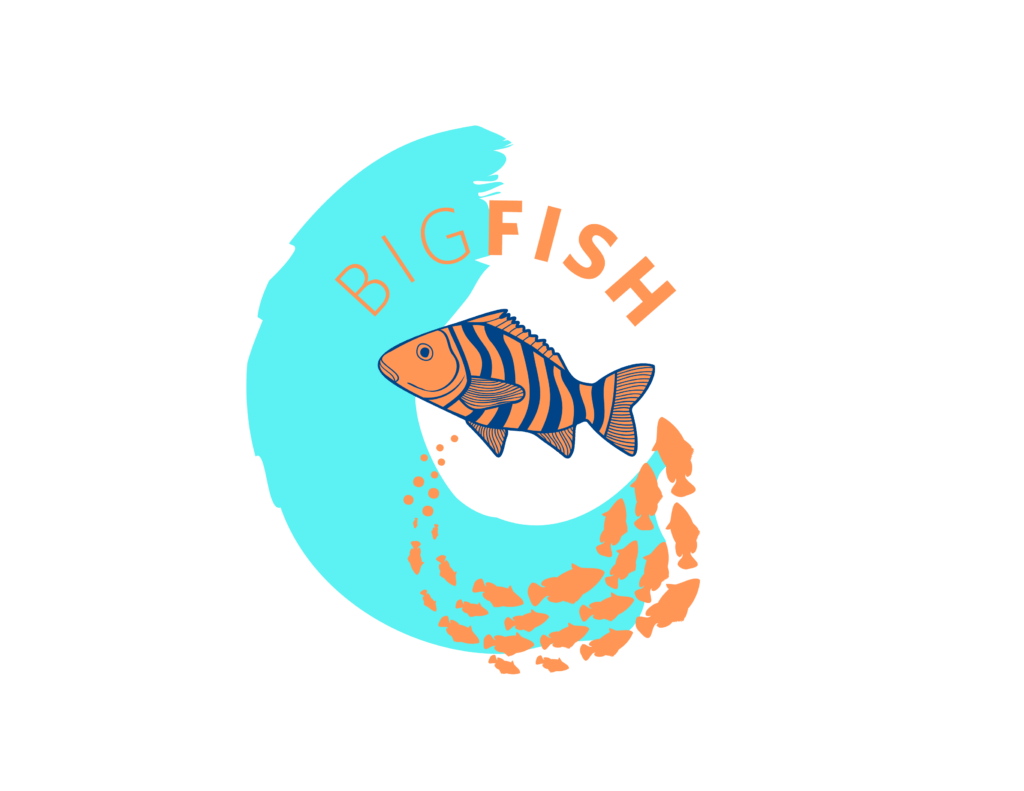We unite fishers, decision-makers and fish consumers to #RecoverBigFish by adopting a region-wide Fish Spawning Aggregations Management Plan (FSAMP) that seeks coordinated mechanisms for effective protection of FSA. Our campaign advocates for a collaborative approach combining scientific and fishers’ knowledge, and facilitates fishers’ engagement in the research, conservation and decision-making processes.
Recovering Big Fish
Our Mission
Welcome to the Big Fish Initiative, the impact campaign by FAO’s Spawning Aggregation Working Group. We are focused on the protection of Fish Spawning Aggregations (FSA) across space and time, and the sustainable management of reef species that gather to reproduce in the Gulf of Mexico and the Caribbean.
Why Choose Us
We are a diverse and multidisciplinary coalition of stakeholders, and the only regional effort working to recover commercial species of reef fish by focusing on their reproduction. This Hub offers up-to-date information on All-Things-Big-Fish, from campaign’s live events to a comprehensive range of resources to learn about FSAs and training and funding opportunities for fisherfolk. Together, we can build on what we have already achieved.
Uniting Stakeholders
The Big Fish Community
Nature
Treasure of the Caribbean
A story of hope in troubling times. The discovery of a coral reef in Belize and Guatemala, larger than the size of Manhattan, marks a new chapter in understanding corals and fish that depend on each other and in saving coral reefs worldwide.
Aired: 04/26/23 | Expires: 04/25/27 | Rating: TV-G
Language: Spanish
Explore
Resources
Immerse yourself in the mesmerizing world of Fish Spawning Aggregations. Dive into our resource library to find All-Things-Big-Fish -from light audiovisual entertainment to specialized content for more ambitious readers. Learn how regulations play a crucial role in managing fisheries and protecting marine resources. Discover country-specific fishery management practices and their impact on sustainable fishing.
Find what you’re looking for by country, subject, species, and explore a variety of tags to get to your content.
Explore The Greater Caribbean
Discover the productivity hotspots in the region

Join The Big Fish Initiative
Connect with like-minded individuals and take action to protect marine life.
FAQ's
What kind of fish reproduce by spawning aggregations?
Many very different kinds of fishes reproduce in manners that involve aggregations. Most aggregation based spawning aggregations involve marine fishes, and not only warm-water reef fishes like snapper and grouper but also valuable cold-water fishes such as Atlantic cod.
Globally, over 200 species of marine fishes, representing over 40 families, reproduce by forming resident or transient spawning aggregations at specific times and locations following Rosemond et al. 2022. Many of the top species in global fisheries aggregate to spawn ranging from pollock, cod, capelin, Atlantic mackerel, and including pilchard and herring species.
Over 100 reef fish species aggregate to spawn, including many groupers, snappers, porgies, surgeonfish, rabbitfish, parrotfish, mullets and wrasses. Many of the most commercially important species have this reproductive habit, highlighting the need for management to maintain the species and their fisheries.”
Do snappers and groupers that form spawning aggregations reproduce at any other place or time?
Typically no. The breadth of information on spawning, even in better-known species such as snappers and groupers, is still relatively small. However, available information suggests that in most cases, those species that form spawning aggregations are not reproducing in other places and times.
What happens if we don’t protect fish spawning aggregations without any management?
There are many examples of severe disruption to the populations of species whose spawning aggregations are overfished, a prominent example is the Nassau Grouper, once an abundant fishery species. Uncontrolled fishing of large concentrations of the most fecund individuals in a population can greatly reduce the mature, spawning stock at local and potentially regional scales.
This can lead to the extirpation of long-standing, once highly productive spawning aggregations. Not surprisingly, killing the maternal “geese that lay the golden eggs” is sustainable for no one.
To safeguard FSAs, which is better, spatial (Marine Protected Areas) or seasonal protection?
There are many categories of potential management tools including: catch limits (bag limits), seasonal limits, and spatial limits (MPAs). Many of the best conservation strategies involve multiple layers of protections: combinations of approaches can amplify success in often-changing fisheries.
Therefore, which approach is better is can be very case-specific. For example a seasonal MPA may protect the aggregation at a certain site but what of the fishing impacts on the migratory paths to the aggregation which are not in the MPA? This is where a seasonal closure can co-amplify the value of a spatial-only management approach. In all cases, establishing trust and buy-in from local fisher communities is foundational to compliance and effective management.


